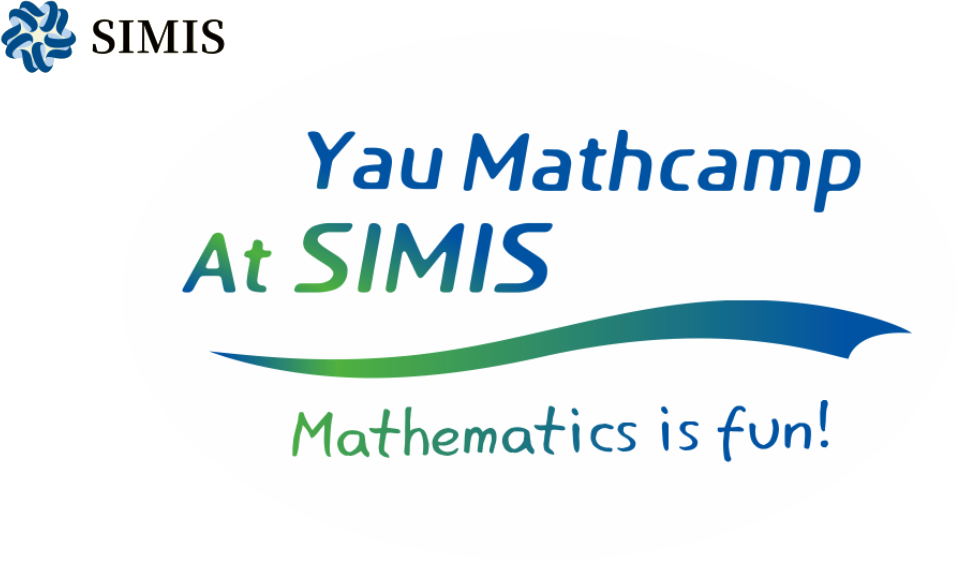the point is to discover them.
- Galileo.
Analysis and Number Theory
Instructor: Nikolay Moshchevitin (MSU) and Oleg German (MSU)
Coaches: Chabat Marsault and Jianqiao Xia
Location: TBD
Course description:
We will study how real numbers can be approximated by rational numbers, more generally, how to approximate complex objects (real numbers) by simple object (rational numbers).
We will start with an introductory lecture and then discuss in more details various one-dimensional and multi-dimensional problems.
We will deal with the theory of continued fractions, that is representation of numbers in a form
$$
[b_0;b_1,\dots,b_s,\dots]= b_0+
\frac{1}{\displaystyle{b_1+\frac{1}{\displaystyle{b_2 +
\frac{1}{\displaystyle{b_3 +\dots +
\displaystyle{\frac{1}{b_{s}+\dots}} }}}}}} ,
$$
Farey fractions and Stern-Brocot sequences, related to the procedure of constructing all rational numbers in $[0,1]$ by means of the operation
$$\frac{a}{b},\frac{c}{d}\,\,\,
\mapsto
\,\,\,
\frac{a+c}{b+d},
$$
Minkowski question mark function $?(x)$, nonlinear approximation and certain related problems.
Some basic Number Theory
(properties of Euler function $\varphi (n)$ an Möbius function $\mu(n)$, quadratic residues and non-residues, etc...)
and Classical Analysis will be also involved.
A special part of the course is devoted to the problems of uniform distribution of sequences in
$\mathbb{R}^d$.
In the second part of the course we will deal with objects related to Geometry of Numbers.
We will give geometrical interpretation for many objects and theorems from continuer fractions' theory and in particular explain Klein's geometrical construction.
Starting from Minkowski convex body theorem, we will discuss how geometric objects (lattices) may be useful for arithmetical problems
(for example representation of integers as sums of two and four squares) and deal with some applications. At the end we will consider problems related to Minkowski's successive minima, uniform approximation and Diophantine exponents.
Lecture and exercises:
21/7,
22/7,
23/7,
24/7,
25/7,
26/7,
29/7,
31/7,
1/8,
2/8
